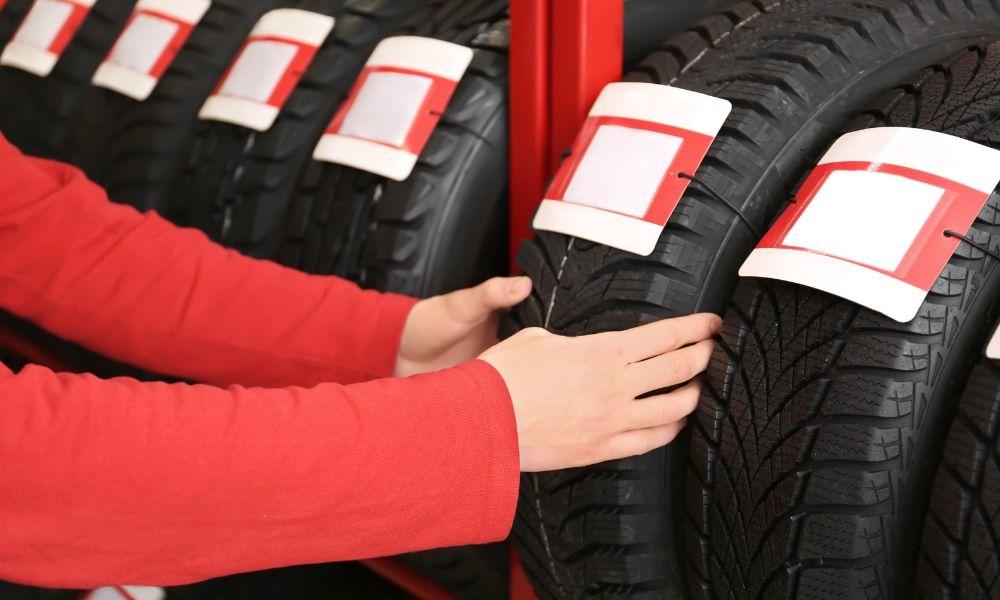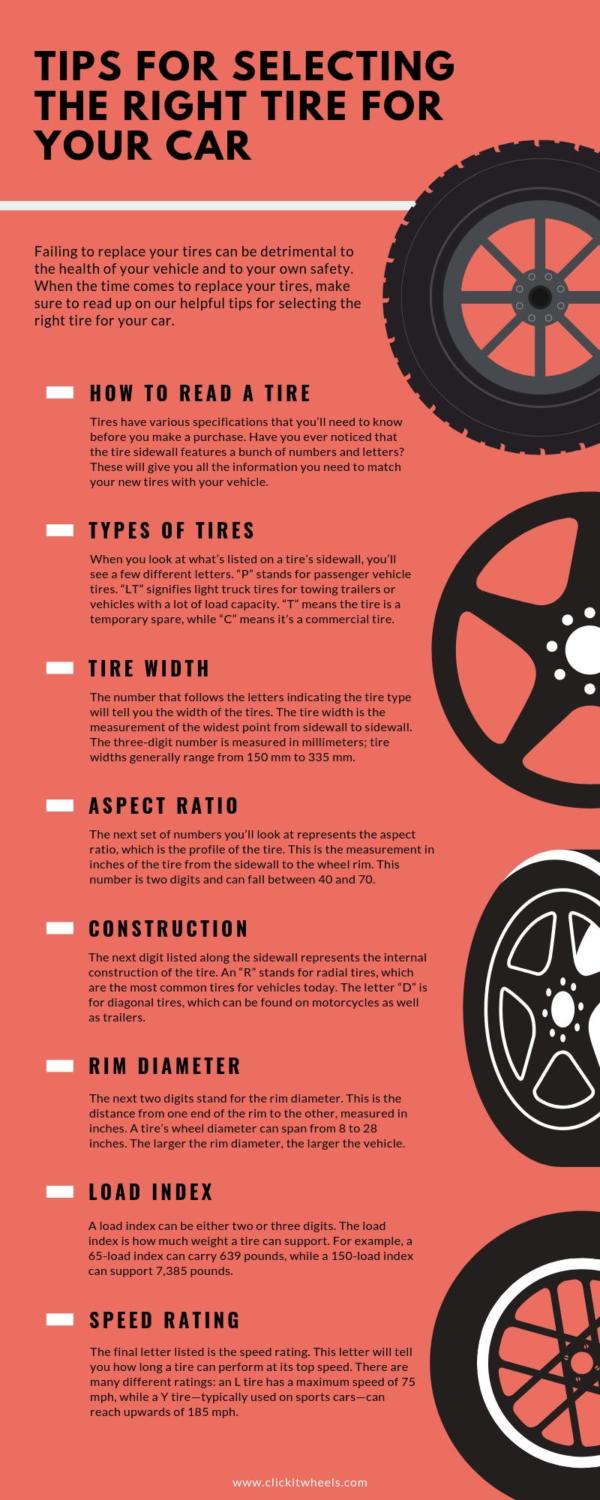
Failing to replace your tires can be detrimental to the health of your vehicle and to your own safety. Tires should essentially be replaced when the treads are worn out. When the time comes to replace your tires, make sure to read up on our helpful tips for selecting the right tire for your car.
How to Check Your Tires
According to the NRCS, “In the United States, tire tread depth is measured in 32nds of an inch. New tires typically come with 10/32” or 11/32” tread depths… The U.S. Department of Transportation recommends replacing tires when they reach 2/32”.” The easiest way to see if your treads are still good is by using a penny. Stick the penny into the tread groove with President Lincoln’s head facing downward. If you can see the entirety of Lincoln’s head, it’s time for new tires.
Tire Options
Now that you know you need to get new tires, you’ll also need know about the different kinds of tires available on the market. There are many different types of tires to choose from, but your options depend on what kind of vehicle you own. The tires you decide on should also fit with your driving style and the conditions in which you’ll be driving your vehicle.
For sedans, CUVs, and minivans, consider the following types of tires:
- All-season
- Touring
- Summer
- Track and competition
- Performance
For a truck or SUV, get:
- Highway
- Mud-terrain
- All-purpose or trail
- Ribbed
- Sport
You can also invest in specialty tires such as:
- Winter
- Trailer
- ATV/UTV
- Lawn and garden
- Temporary spares
How Many Tires Should You Get?
If you drive a front-wheel drive vehicle, you don’t have to replace all four tires. The front tires typically wear out faster than the rear tires in these types of cars, so replacing two is okay. Just make sure the new tires match the ones you already have. Put your new tires on the rear of the vehicle, and put your older tires at the front. For all-wheel or four-wheel drive, replacing all four tires is recommended.
How to Read a Tire
Tires have various specifications that you’ll need to know before you make a purchase. Have you ever noticed that the tire sidewall features a bunch of numbers and letters? These will give you all the information you need to match your new tires with your vehicle.
Types of Tires
When you look at what’s listed on a tire’s sidewall, you’ll see a few different letters. “P” stands for passenger vehicle tires—these are for cars, SUVs, minivans, crossovers, and small pickup trucks. “LT” signifies light truck tires for towing trailers or vehicles with a lot of load capacity. “ST” means special tires, which are also designed for trailers. “T” means the tire is a temporary spare, while “C” means it’s a commercial tire. If the tire happens to not have a letter at the start, this means it’s a European tire—the tire will usually fall under the “P” or “LT” category.
Tire Width
The number that follows the letters indicating the tire type will tell you the width of the tires. The tire width is the measurement of the widest point from sidewall to sidewall. The three-digit number is measured in millimeters; tire widths generally range from 150 mm to 335 mm.
Aspect Ratio
The next set of numbers you’ll look at represents the aspect ratio, which is the profile of the tire. This is the measurement in inches of the tire from the sidewall to the wheel rim. This number is two digits and can fall between 40 and 70. In simpler terms, the bigger the sidewall, the bigger the aspect ratio will be.
Construction
The next digit listed along the sidewall represents the internal construction of the tire. An “R” stands for radial tires, which are the most common tires for vehicles today. They’re designed to have better grip, comfort, durability, and gas mileage. The letter “D” is for diagonal tires, which can be found on motorcycles as well as trailers. A “D” tire uses bias construction, which consists of crisscrossed piles.
Rim Diameter
The next two digits stand for the rim diameter. This is the distance from one end of the rim to the other, measured in inches. A tire’s wheel diameter can span from 8 to 28 inches. The larger the rim diameter, the larger the vehicle.
Load Index
A load index can be either two or three digits. The load index is how much weight a tire can support. For example, a 65-load index can carry 639 pounds, while a 150-load index can support 7,385 pounds.
Speed Rating
The final letter listed is the speed rating. This letter will tell you how long a tire can perform at its top speed. There are many different ratings: an L tire has a maximum speed of 75 mph, while a Y tire—typically used on sports cars—can reach upwards of 185 mph.
Price
You also need to consider the price of a tire; replacing all four can cost a total of $500 to $700. Keep in mind your budget and the current condition of your vehicle to make sure replacing your tires is worth the money.
Weather Conditions
Another tip for selecting the right tire for your car is to keep in mind where you live. If you live in an area affected by bad winter weather, then consider using winter tires. They’ll give you more traction in the snow and handle low temperatures better. If you live in a warm-weather state such as Florida, summer tires might be the route to take. Summer tires will maintain your car’s performance in the heat, which can have a great effect on your tires.
Other options you can go with are all-season tires or all-weather tires, which will keep your car performing at its best regardless of the conditions. At Click It Wheels, you’ll find plenty of quality summer, winter, all-season, and all-weather tires for sale, all of which will keep your vehicle running smoothly and safely.
